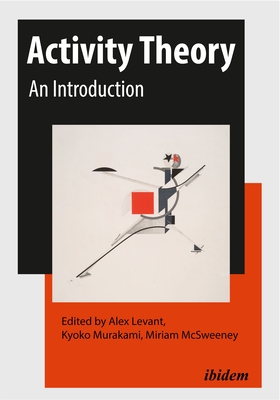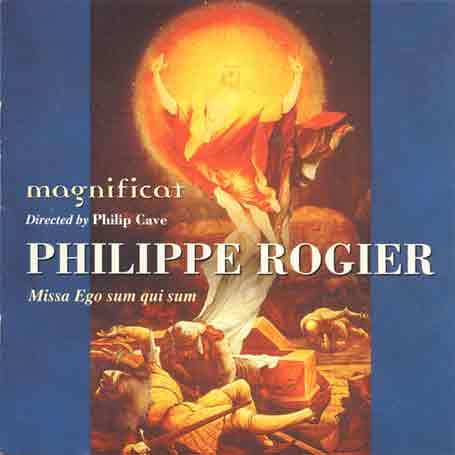
description
ty Theory to the current generation of theorists and researchers. Originating in early Soviet psychology, suppressed by Stalin, and later rediscovered, this rich theoretical tradition and intellectual movement proliferated globally and developed in different directions across a variety of disciplines. However, until recently it remained "the best-held secret of academia" (Engeström 2009). Activity Theory presents a unique approach to studying the nature, origin, and development of human subjectivity. Its core proposition is that the mind cannot be reduced to individual brain or body functions, nor can be understood as a discursive or cultural phenomenon. Instead, Activity Theory posits that the mind emerges and develops inter-subjectively, and is internalized by individuals always embedded, along with their culture and language, in the context of object-oriented social practices. By refocusing the lens of inquiry from the individual onto the patterns of activity in which they move, this method illuminates a special reality--the materiality of human practice, which shapes the subject in ways that biological and cultural explanations cannot fully capture. This volume assembles current scholarship from prominent figures across diverse fields who share the Activity Theory approach. It presents their findings and reflects on Activity Theory's history, significance, and prospects. With contributions by David Bakhurst, Andy Blunden, Mikael Brunila, Juliano Camillo, Seth Chaiklin, Michael Cole, Brecht De Smet, Yrjö Engeström, Cathrine Hasse, Alex Levant, Miriam McSweeney, Cristiano Mattos, Kyoko Murakami, Bonnie Nardi, Vesa Oittinen, Juhana Rantavuori, André Machado Rodriguez, Annalisa Sannino, Anna Stetsenko, Katsuhiro Yamazumi.
member goods
No member items were found under this heading.
Return Policy
All sales are final
Shipping
No special shipping considerations available.
Shipping fees determined at checkout.







